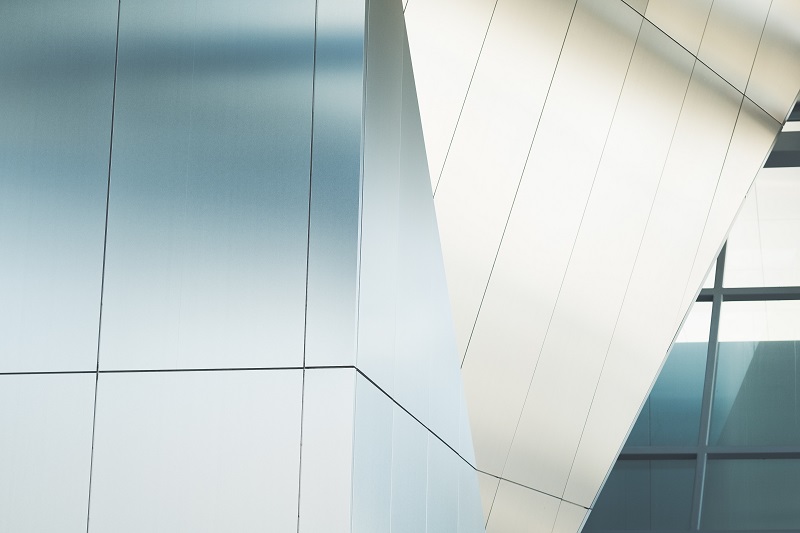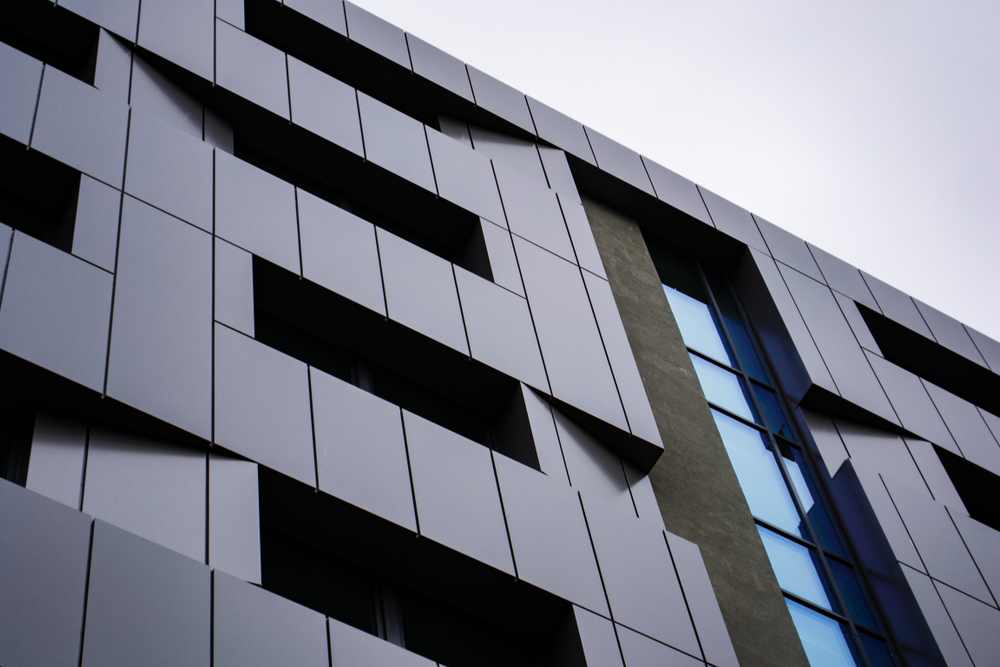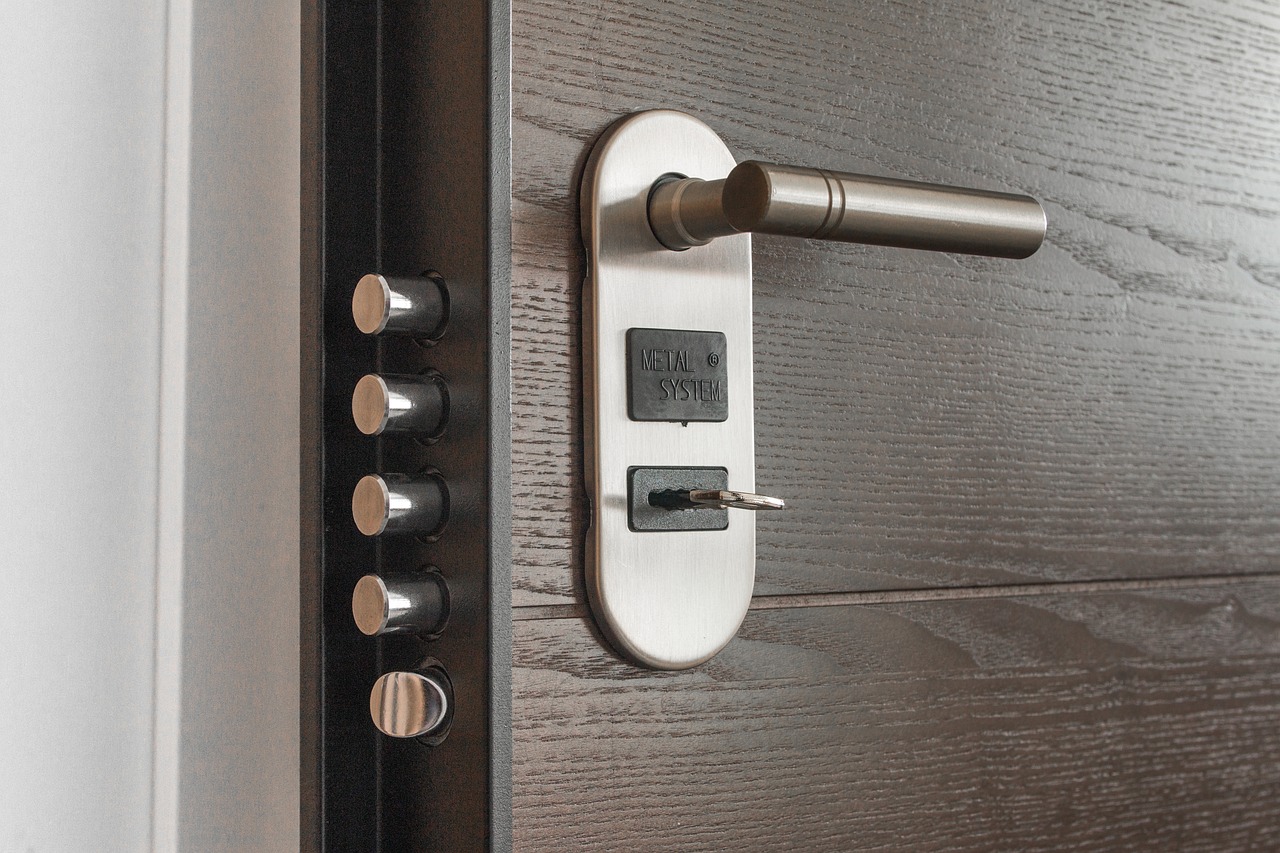
Innovations in Design: Unveiling the Transformative Impact of Metal Cladding Systems
Have you ever wondered how architects seamlessly combine function with aesthetic, creating durable yet stunning edifices? Were you ever mesmerized by the shimmering facades of modern architectural marvels and secretly desired to translate the same level of sophistication to your own humble abode? What if I told you, you can now incorporate, into your dwelling, the allure of metal- a widely popular and lauded material used by architects worldwide? My dear readers, today let’s cast the spotlight on the latest innovation in design- The Metal Cladding Systems.
This trendy approach to architecture and home improvement is all about pushing boundaries and redefining norms to deliver unmatched durability and aesthetics. Get ready to delve into the world of metal cladding, unpacking how this contemporary choice truly influences design whilst also becoming a sustainable, durable method.
The crux of this exploration centres on understanding and appreciating the transformative impact of Metal Cladding Systems- an innovation that’s arguably leaving one of the most significant imprints on modern architecture and design.
What is Metal Cladding System?
Metal cladding, like a chameleon, camouflages and coats structures, providing them an aesthetic upgrade and practical performance benefits. It is, essentially, a protective skin placed over a building or structure to shield it from external elements. Nitpicking further into this architectural innovation, let’s unveil the essence and application of metal cladding systems in modern structures.
Why Choose Metal Cladding Systems?
When pondering upon aesthetic possibilities in conjunction with functional benefits, metal cladding emerges as a clear victor. From industrial buildings to sophisticated residential spaces, the metal cladding system brings you the golden trio of resilience, aesthetic flexibility and low maintenance in the long run. Need more reasoning? Let’s deep dive into the why.
When and Who Started the Metal Cladding Trend?
The advent of metal cladding stands steeped in historical relevance whilst appropriately adapting to contemporary demands. Tracking the evolutionary timeline of this design innovation, let’s embark on a short yet captivating history trail.
Advantages and Disadvantages of Metal Cladding Systems
Every innovation comes with its share of benefits and drawbacks. To understand the comprehensive implication and potential of metal cladding systems, let’s evaluate some key pros and cons.

The Versatility of Metal Types in Cladding Systems
From the subtle allure of aluminium to the modern, industrial charm of steel, every metal tells a tale. Discover how the selection of metal in cladding systems personifies distinct design preferences, reflecting an array of architectural personalities.
Metal Cladding Systems: A Sustainable Choice
In a world caught up with discussing sustainability, how does our beloved metal cladding system fare? Unearth the sustainability aspects of this design innovation- a crucial vantage point to fathom its environmental impact and future potential.
Conclusion: Demystifying the Metal Cladding Magic
Unveiling the transformative influence of metal cladding systems on modern design and architecture- one can decidedly infer that the synthesis of resilience and aesthetic charm has never been more enchanting. As heralds of form and function, these systems provide a new platform for creativity and innovation, marking a significant milestone in the exciting intersection of aesthetics, durability, and ecological consciousness. From towering edifices to humble homes, the adoption and execution of metal cladding systems continue to redefine norms, embodying not just good design sense but also unequivocally echoing the ethos of our times.
innovations in metal cladding systems have brought about a paradigm shift in architectural design. From advanced materials and digital design tools to sustainability and smart technologies, these innovations offer architects unprecedented opportunities for creativity while addressing contemporary challenges in construction and building performance. The transformative impact of these advancements is evident in the evolving skyline of cities around the world.
You May Also Like

Choosing The Right Provider For Your Security Doors Installation Needs
February 8, 2024
Who Should Consider Buying Mirrorless Cameras? The Ultimate Guide
May 30, 2023

